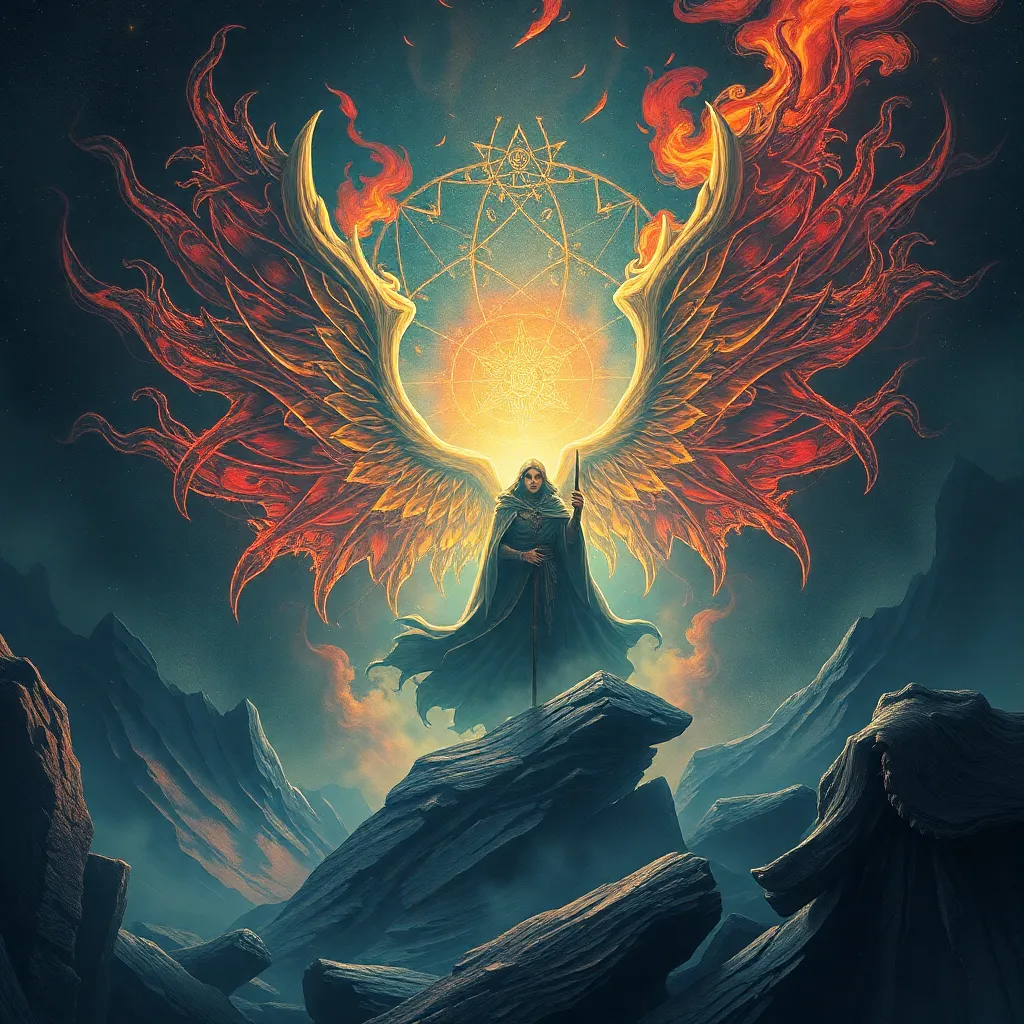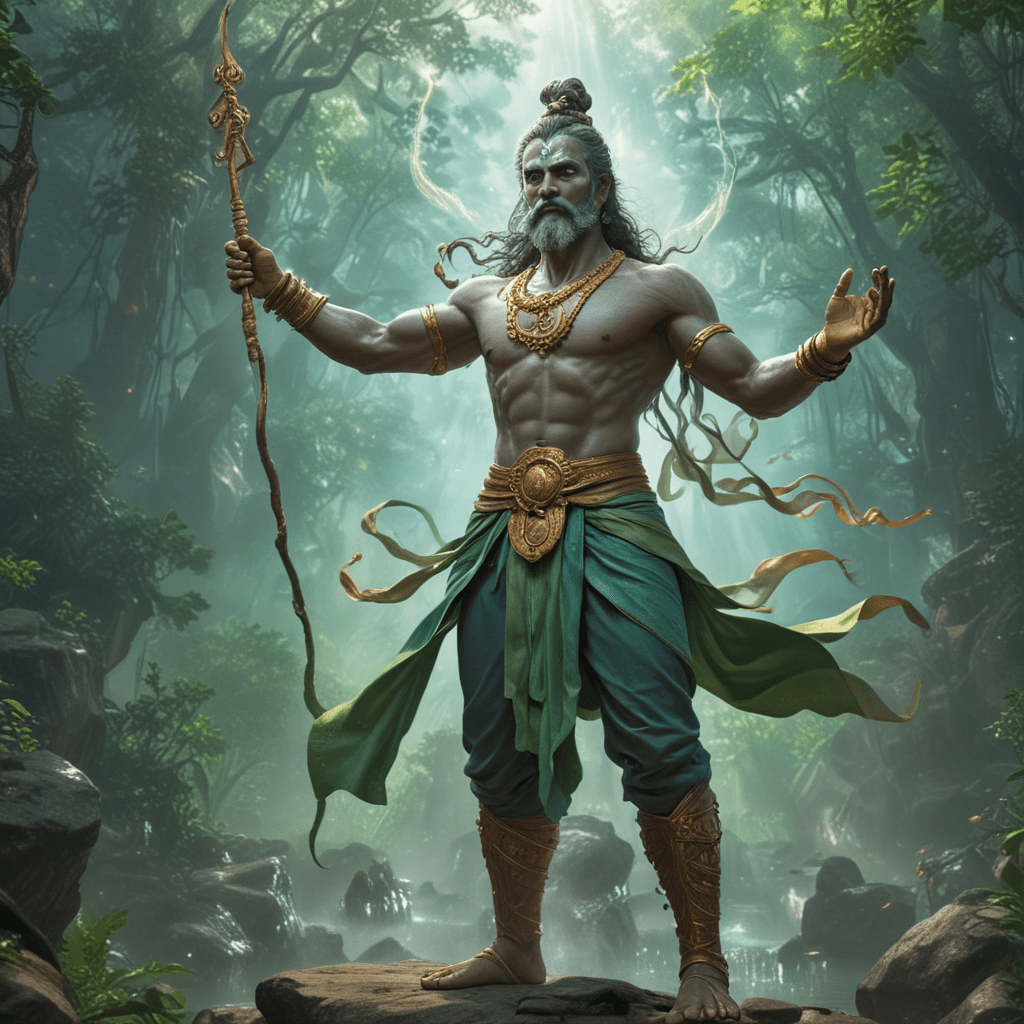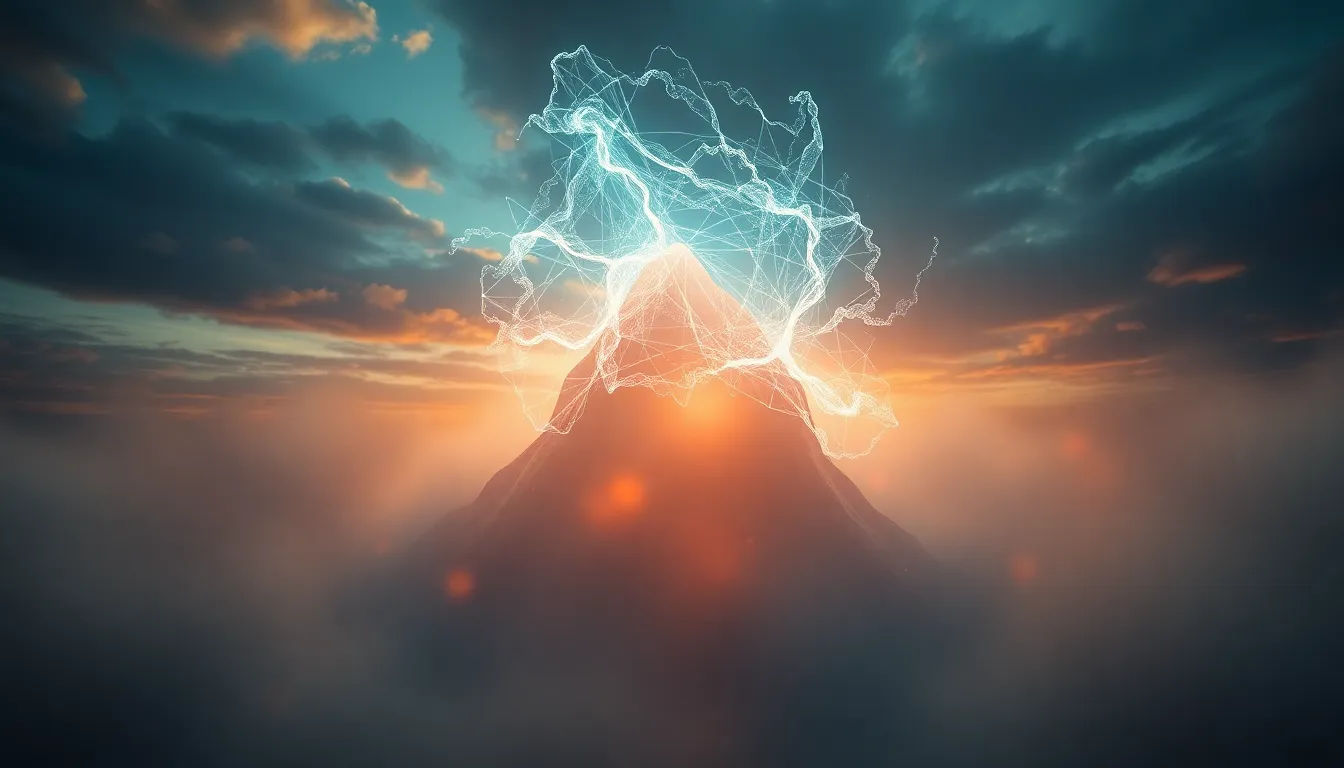Koschei the Deathless: A Comparative Study of Slavic and Global Mythologies
I. Introduction
Koschei the Deathless is a prominent figure in Slavic mythology, often depicted as a powerful and malevolent sorcerer who embodies the themes of immortality and death. His character serves as a compelling archetype within Slavic folklore, representing the eternal struggle between life and death, good and evil. In the realm of comparative mythology, examining Koschei alongside global mythological figures provides valuable insights into universal themes that transcend cultural boundaries.
The purpose of this article is to explore the origins and characteristics of Koschei the Deathless, delve into thematic elements of immortality, analyze the hero’s journey, and investigate the significance of magical artifacts and gender roles within his narrative. By comparing Koschei with figures from other cultures, we aim to uncover the shared motifs that define human storytelling across time and geography.
II. Koschei the Deathless: Origins and Characteristics
A. Historical context of Koschei in Slavic folklore
Koschei the Deathless, also known as Koschei Bessmertny, is rooted in Eastern European folklore, particularly among the Slavic peoples. His character is often associated with themes of death, immortality, and the struggle against heroic forces. The earliest records of Koschei date back to the Russian epic tales and fairy tales, where he is portrayed as a formidable antagonist to heroes and heroines.
B. Physical and supernatural traits of Koschei
Koschei is typically described as a tall, skeletal figure with a gaunt appearance, embodying the essence of death itself. His immortality is often depicted as a curse, as he cannot die unless his soul is destroyed. This soul is famously hidden away, often in a remote location, such as an egg or a needle, which must be found and destroyed to defeat him. This characteristic links him to other mythological figures who possess similar traits of hidden life sources.
C. Role of Koschei in Slavic tales and legends
In Slavic tales, Koschei often embodies the archetype of the wicked sorcerer who captures princesses and threatens the realm. He is typically opposed by a brave hero, who embarks on a quest to rescue the captive and confront Koschei. This dynamic establishes him as a significant figure in the hero’s journey, challenging the protagonist to confront their fears and the inevitability of death.
III. Thematic Elements of Immortality
A. Exploration of the concept of immortality in Slavic culture
The concept of immortality in Slavic culture is deeply intertwined with the idea of the afterlife and the balance between life and death. Koschei’s character highlights the dual nature of immortality: it can be a source of power but also a burden. The Slavic understanding of death is not merely an end but a transition, a theme that resonates through many stories where death is personified.
B. Comparative analysis with global figures of immortality (e.g., Gilgamesh, Tithonus)
- Gilgamesh: In Mesopotamian mythology, Gilgamesh’s quest for immortality after the death of his friend Enkidu mirrors Koschei’s struggle, showcasing the human desire to conquer death.
- Tithonus: In Greek mythology, Tithonus is granted eternal life but not eternal youth, leading to his suffering. This parallels Koschei’s immortality, which comes with its own set of miseries.
C. Symbolism of death and life in the narratives
Both Koschei and his global counterparts illustrate the complex relationship between death and life. In many cultures, immortality is depicted as both a gift and a curse, raising questions about the nature of existence and the value of life. Through their stories, these figures symbolize the eternal quest for meaning in the face of mortality.
IV. The Hero’s Journey: Koschei vs. Global Mythological Figures
A. Koschei as an antagonist in hero narratives
Koschei serves as a formidable antagonist in the hero’s journey, challenging the hero’s courage and determination. His character often embodies the ultimate evil that the hero must overcome to achieve their goals, making him a critical obstacle in the narrative.
B. Comparisons with global mythological heroes (e.g., Hercules, Beowulf)
- Hercules: Like the heroes who confront Koschei, Hercules faces various trials, including battling monstrous foes, which reflect the universal theme of good versus evil.
- Beowulf: Beowulf’s confrontation with Grendel and later, the dragon, mirrors the hero’s struggle against Koschei, highlighting the archetypal battle against death.
C. The archetype of the hero confronting death and evil
The archetype of the hero confronting death and evil is a recurring theme in global mythologies. Koschei’s role as a villain serves to amplify the hero’s journey, emphasizing the importance of bravery, sacrifice, and resilience in the face of overwhelming odds.
V. Magical Artifacts and Their Significance
A. Koschei’s connection to magical items (e.g., his soul hidden in an egg)
Koschei’s soul, often concealed within an egg, is a crucial element of his character. This magical artifact symbolizes the fragility of life and the hidden nature of mortality. To defeat Koschei, heroes must embark on quests to locate and destroy this egg, showcasing the interplay between struggle and resolution.
B. Examination of similar artifacts in global mythologies (e.g., the Golden Fleece, Excalibur)
- Golden Fleece: In Greek mythology, the quest for the Golden Fleece represents the pursuit of knowledge and power, much like the quest to defeat Koschei.
- Excalibur: King Arthur’s sword symbolizes rightful sovereignty and the hero’s journey, drawing parallels to the significance of magical items in Koschei’s narrative.
C. The role of these artifacts in the narratives
Magical artifacts in mythology often serve as catalysts for character development and plot progression. They embody the hero’s quest and the sacrifices made along the way, reinforcing the importance of destiny, choice, and the search for identity in the face of challenges.
VI. Gender Roles and the Feminine Divine
A. Analysis of Koschei’s relationships with female characters (e.g., the kidnapped princess)
Koschei’s interactions with female characters often highlight themes of power, possession, and the struggle for autonomy. The kidnapped princess serves as a recurring motif, representing innocence and the need for rescue, which reflects broader gender dynamics in Slavic folklore.
B. Comparison with female figures in global mythologies (e.g., Persephone, Inanna)
- Persephone: Her abduction by Hades parallels the narratives involving Koschei and the themes of captivity and agency.
- Inanna: The goddess Inanna’s descent into the underworld reflects the exploration of female power and the complexities of gender roles.
C. The significance of gender dynamics in mythological tales
Gender dynamics play a crucial role in shaping mythological narratives. The interactions between male and female characters often reflect societal values and cultural norms, influencing the portrayal of power, agency, and resilience in the face of adversity.
VII. Cultural Reflections and Adaptations
A. Impact of Koschei on Slavic literature and arts
Koschei the Deathless has significantly influenced Slavic literature and the arts, inspiring countless adaptations in folk tales, theater, and visual arts. His character embodies the complexities of human existence, making him a timeless symbol in cultural narratives.
B. Influence of similar mythological figures in global cultures
Similar mythological figures across global cultures have shaped storytelling traditions, influencing literature, film, and other forms of art. The universality of themes surrounding immortality, heroism, and the struggle against evil continues to resonate with audiences worldwide.
C. Modern adaptations of Koschei’s story in media and literature
In contemporary media, Koschei’s character has found new life in various adaptations, including films, novels, and video games. These modern interpretations often explore deeper psychological themes and cultural contexts, reflecting the ongoing relevance of mythological figures in today’s society.
VIII. Conclusion
A. Summary of key findings from the comparative analysis
This comparative study highlights the significance of Koschei the Deathless within Sl




